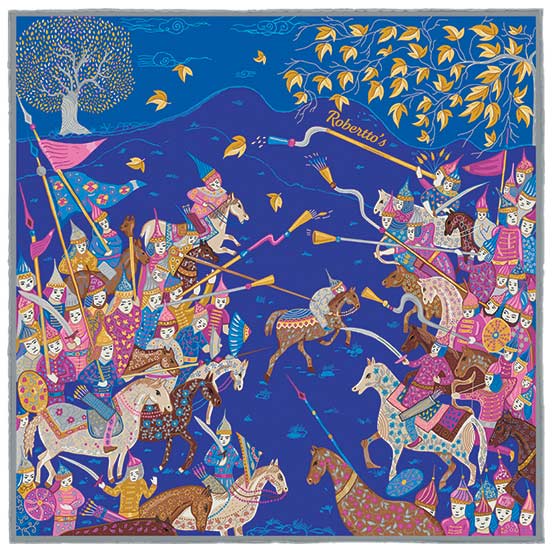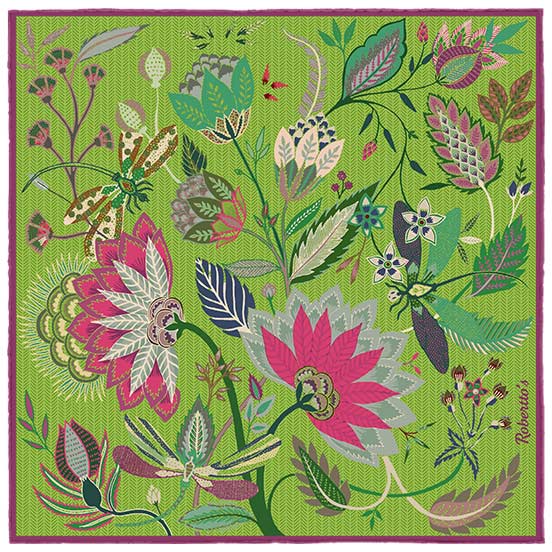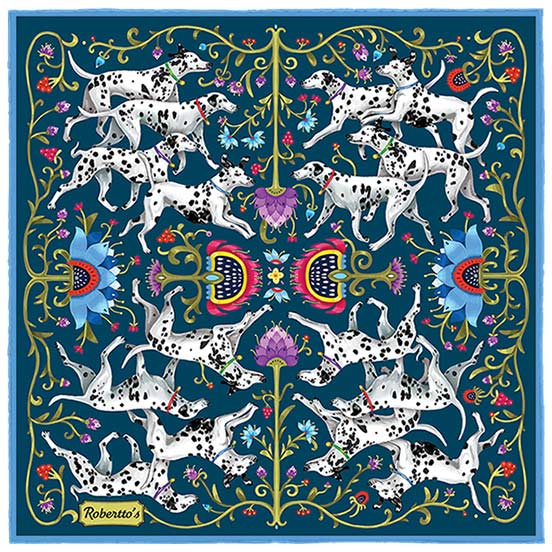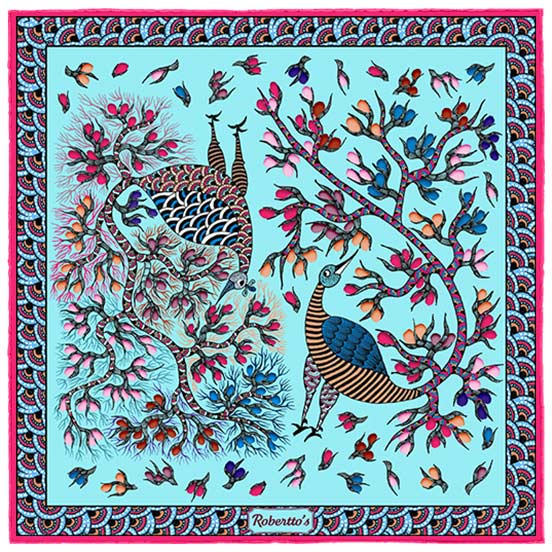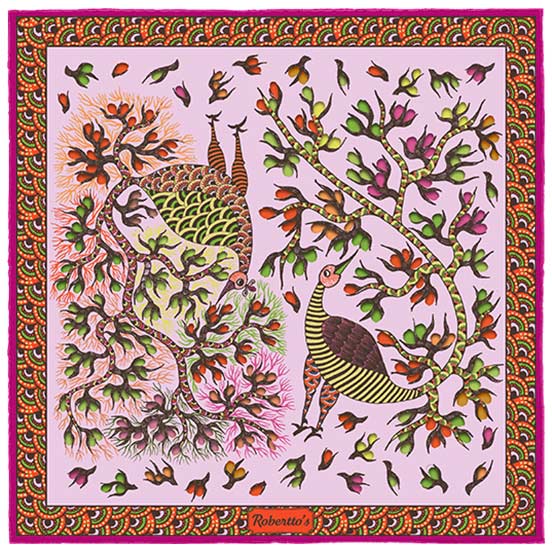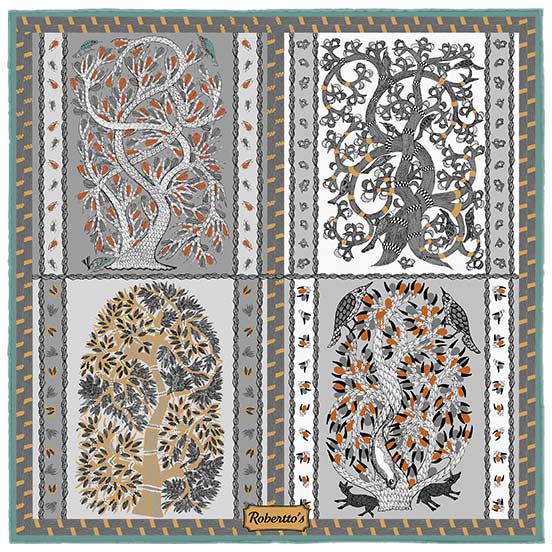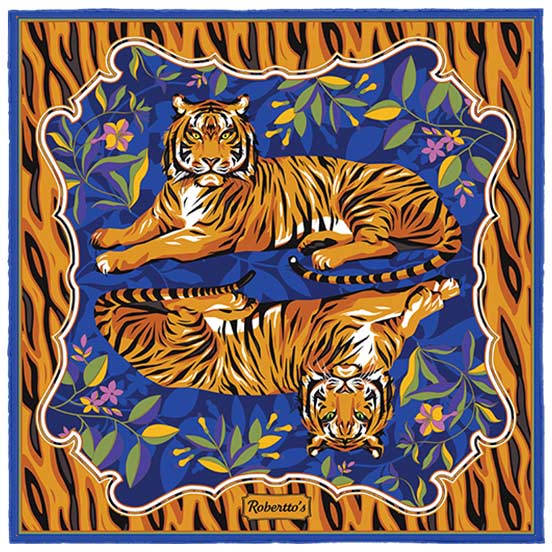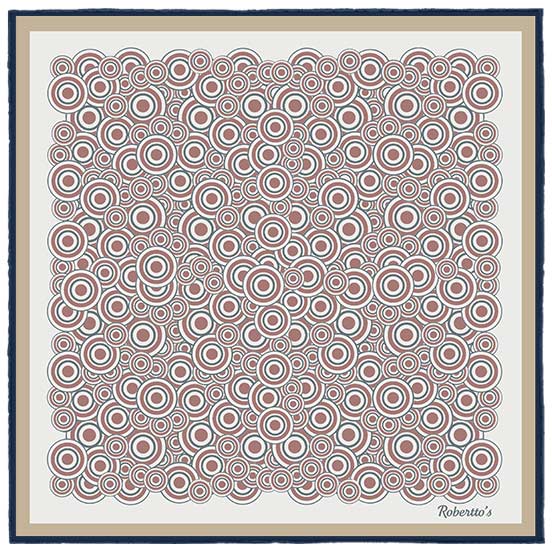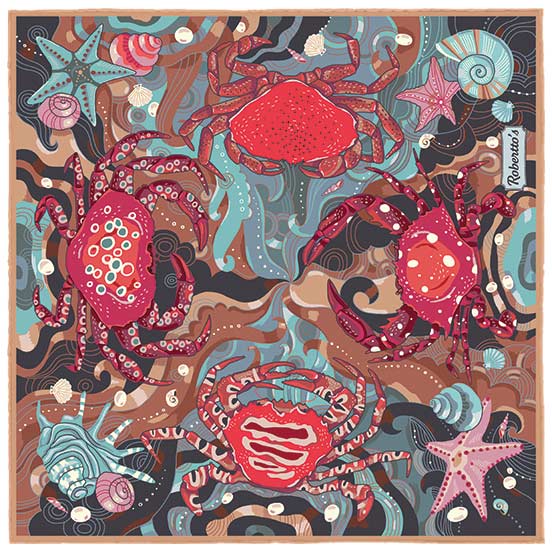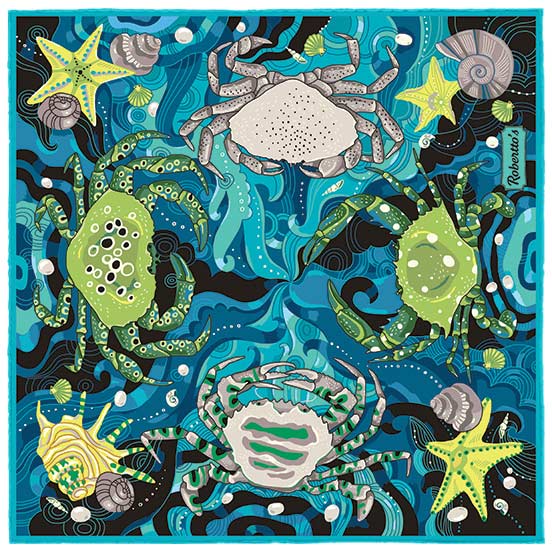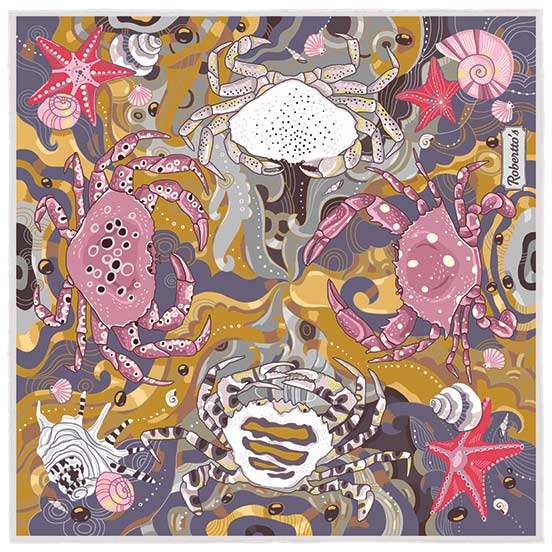The pocket square, a staple in men's fashion, has a rich history that spans several centuries, evolving from a practical handkerchief to a symbol of style and sophistication. This journey from function to fashion highlights the changing norms and cultural influences that have shaped menswear over time. Understanding this evolution provides insight into how the pocket square became an essential accessory for the modern gentleman, reflecting broader trends in fashion and society.
Origins and Practical Beginnings
The precursor to the pocket square was the handkerchief, dating back to ancient civilizations where it was used for hygiene purposes. By the Middle Ages, it had become a standard accessory for the upper classes in Europe, often made from linen and used to cover the head or neck. It wasn't until the 16th century that the handkerchief evolved into a more decorative item, especially among the French aristocracy, who began to carry elaborately embroidered versions as a sign of wealth and status.
17th and 18th Centuries: The Age of Elegance
During the 17th and 18th centuries, the handkerchief became a prominent fashion accessory, often displayed ostentatiously from the pocket of one's breeches or waistcoat. This era saw the introduction of luxurious fabrics like silk and lace, with handkerchiefs becoming increasingly ornate, featuring intricate designs and perfumed with scents, reflecting the elaborate fashion sensibilities of the time.
19th Century: The Birth of the Pocket Square
The 19th century marked a significant shift with the introduction of the two-piece suit, which included a jacket with a breast pocket. This innovation provided the perfect opportunity to display the handkerchief, which gradually became known as the pocket square. The industrial revolution and advances in textile production also made pocket squares more accessible to the masses, expanding their popularity beyond the aristocracy.
Early 20th Century: The Golden Age
The early 20th century is often referred to as the golden age of the pocket square, where it became an indispensable accessory for the well-dressed man. Hollywood icons of the time, such as Fred Astaire and Cary Grant, popularized the pocket square, making it a symbol of glamour and sophistication. The art of folding also became more elaborate, with various styles emerging to suit different occasions and personal tastes.
Mid to Late 20th Century: Decline and Revival
The mid-20th century saw a decline in the use of pocket squares, as fashion trends moved towards more casual and practical attire. However, the late 20th and early 21st centuries witnessed a revival of interest in classic menswear, spurred by a renewed appreciation for traditional craftsmanship and vintage styles. This period saw the pocket square regain its status as a key element of a polished ensemble, with a greater emphasis on personal expression and creativity in its use.
Contemporary Trends: The Pocket Square Today
Today, the pocket square is celebrated not only for its aesthetic appeal but also as a means of personal expression. Modern designers and brands, including luxury names like Robertto's, offer a wide range of pocket square styles, from classic solids and traditional patterns to bold and avant-garde designs. The pocket square has become a canvas for individuality, allowing men to add a personal touch to their outfits, whether in formal settings or more casual occasions.
In conclusion, the evolution of the pocket square from a simple handkerchief to a fashion statement reflects broader shifts in society, culture, and fashion. It epitomizes how accessories can transcend their practical origins to become symbols of style, sophistication, and personal expression, making the pocket square an enduring and versatile element of men's fashion.


